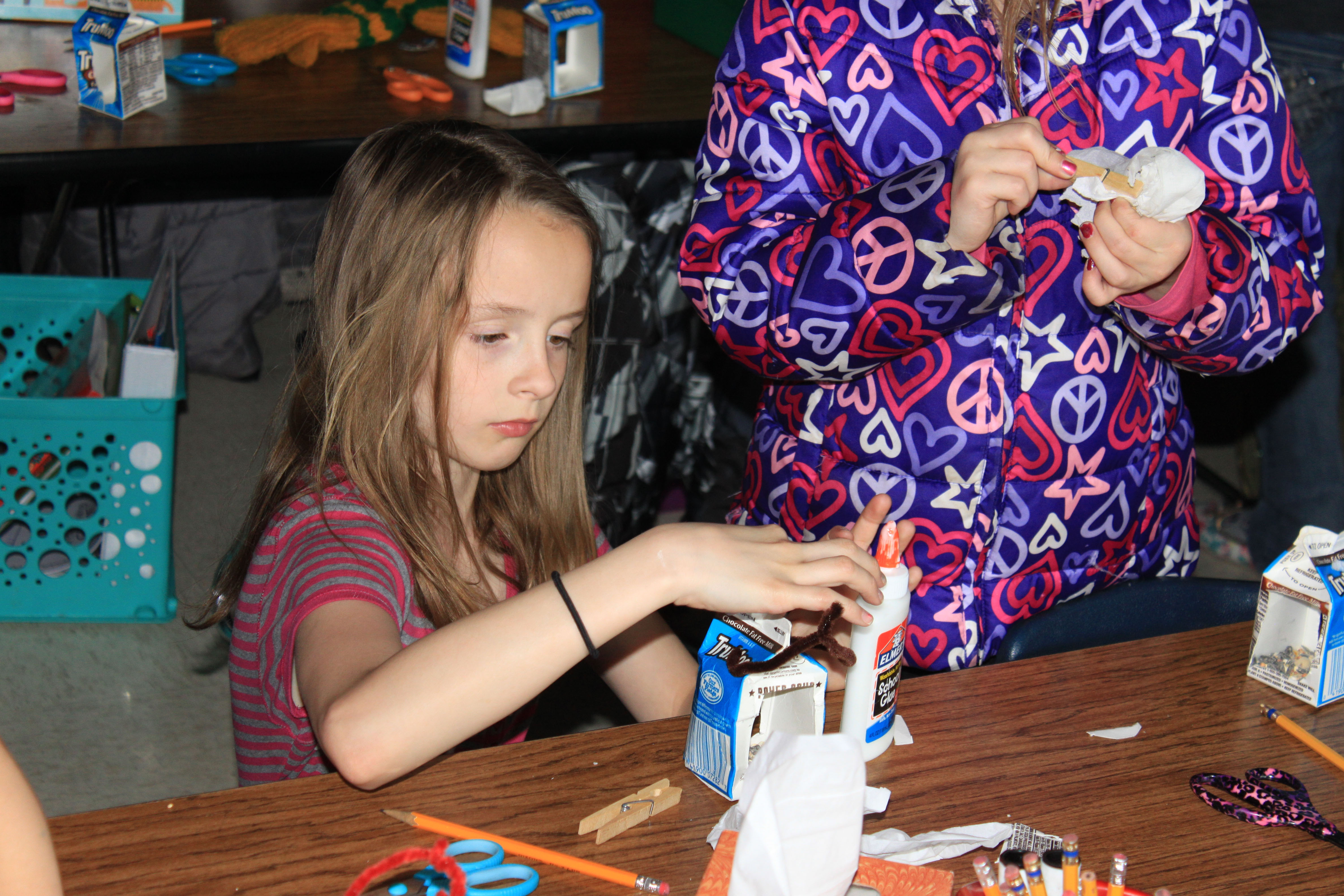
Natural resources were important in the 1930s and ‘40s and still are today
By Lily Kongslien
Special to the Star Journal
In northern Wisconsin there has always been an abundance of birch trees, which are my favorite tree. In front of our house, along the Wisconsin River were a group of birch trees, several in groups of two and several in threes. As kids, we made many little birch bark canoes (pin cushions) by sewing the bark together and filling the center with cotton covered with satin. These were sent to relatives in other parts of the country. We had oak trees, silver birch and silver maple, and I’m partial to all three of these trees even today.
Along the river bank the water current would weaken the shoreline and eventually the trees would sash out at the roots and the tree would fall into the water, making a natural habitat for fish. Several acres of our land along the river was called the “hardwood” and this served as pasture for the cows during the summer, and along its banks we enjoyed some great pan fishing.
Sloughs and swamps were home to muskrats, as well as to beaver. Muskrat houses dotted the area among the reeds, and in several strategic places would be a beaver dam made up mostly of poplar sticks chewed and hauled to block the water stream. Along the swamps were many tamarack, spruce and balsam trees. Cranberry vines grew profusely in swampy areas, and these were harvested each fall and provided many a luscious pie.
On the floor of the forest we would find many princess pine for wreaths and garlands and arrangements along with dried straw flowers. Moss was plucked from the swamps to be filled between the logs of our storage log building. Each spring this was replaced as it “shrunk” during the year and did not serve its purpose then.
Cattails and milk weed pods were painted and made into dried flower arrangements; pine cones were gathered and also made into various wall pictures and arrangements.
Many a tall stately Norway pine proved a challenge for climbing, but the maple tree brings back most poignant sad memories as I recall one spring my brother and I and some neighbor kids decided to drill these trees to get maple “syrup.” We didn’t know how to do this, and really mutilated several of our prize maples. Dad severely scolded and punished up, along with a lecture about how precious trees are, and not to hurt these trees in an improper way. It was a lesson well learned; I have never forgotten it.
Mushrooms were plentiful and so were many kinds of betty bushes, choke cherry, pin cherry, June berry, blueberries, raspberries, blackberries and those sweet early wild strawberries. In our garden were several currant bushes and a couple of goose berry bushes used for pies. Nuts were gathered in the fall and used all winter long for cooking and baking.
Barberry bushes were for decorations; we had to stay away from their many thorns, but the red berries in the fall were very colorful. Also the cowslips and arbutus in the spring were prized bouquets, although I believe it really was illegal to pick them.
In the winter the wood supply was replenished, with dad cutting, sawing and splitting much deadwood on our land and bringing it into the wood pile area for us kids to pile. There was a “proper” way to pile wood that we learned early and became quite adept at it. In the summer we searched the woods for pine knots, which gave a quick intense heat in the woodstove. We would accumulate these during the summer, and they were used sparingly for baking, etc.
Besides work, there were periods of play, and some of the best times were those lazy summer hours when we searched for and found many four-leaved clovers. Dad joined in the fun at times and one day actually tied a young Norway pine sapling into a knot. When we sold our home we made one trip back into the woods and found it. I wonder if it is still there, and how tall it is and if anyone has ever spotted that tree and wondered how it came into being.
During the 1930s the severe drought killed many trees and vegetation but nature provided the next year and life went on. Several small fires overran part of our acreage, and then new life in the form of new little trees and fresh new blueberry bushes appeared and the land was rejuvenated.
We tried to have a wild garden area, and transplanted many daisy plants, brown-eyed Susans and bluebells of Scotland and other wild flowers; this was my favorite area.
Truly, we depended on the natural environment and did our best to preserve it for future generations, and also to use the trees, bushes, swamps and highlands for our own day-to-day existence. I do believe that life was not as easy as it is today, but we did take the time to smell the roses and look for the lucky four-leaf clovers.
Leave a reply
You must be logged in to post a comment.




